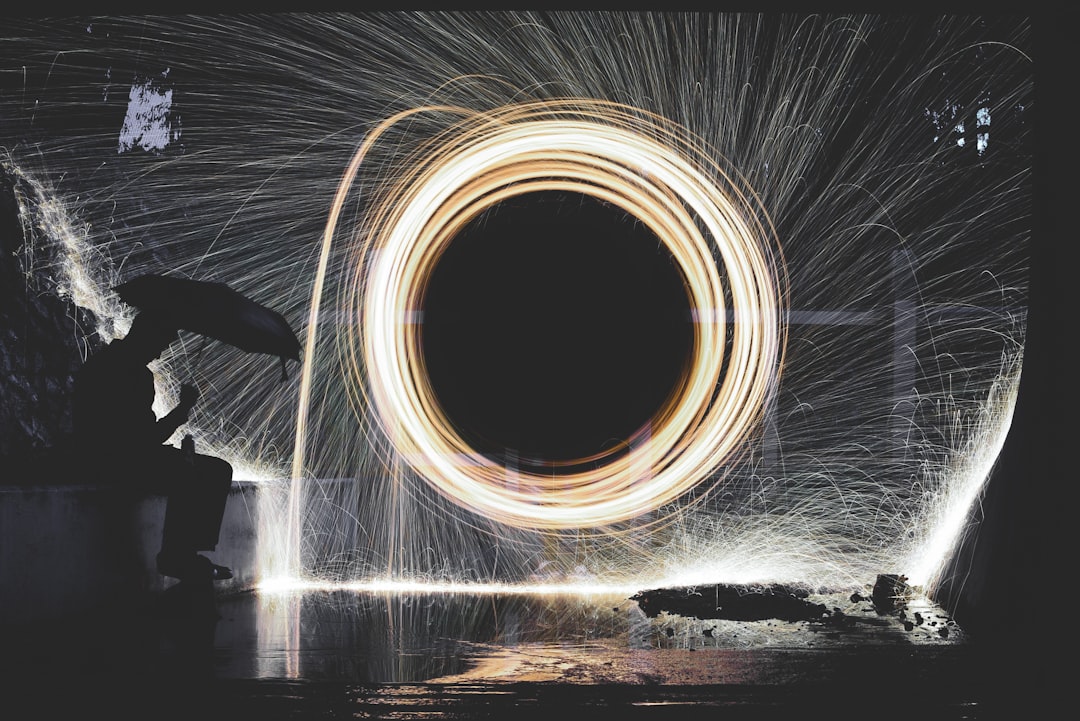What is it about?
The drift trapped particle experiences, also called the bounce-averaged drift, is used in many aspects of fusion physics. The drift across the device can make it harder to sustain the desired pressures and temperatures, and as such it is important to calculate these quantities accurately. We show methods of calculating these drifts here, and include a user-friendly code that anyone can use.
Featured Image

Photo by Konstantin Evdokimov on Unsplash
Why is it important?
This documents many methods of calculating the bounce-averaged drift. Not all methods may work equally well, and some methods can be computationally costly to calculate. By investigating different methods of calculating the drifts, we show both the ups and downsides of various approaches, and we furthermore supply a code it so that future research need not construct a new code.
Perspectives
Writing this article allowed us to compare different codes and find non-trivial differences between implementations. Often thought to be a simple operation, it was great fun to find out all the intricacies of bounce-averaging and show that it is not so trivial.
Ralf Mackenbach
Technische Universiteit Eindhoven
Read the Original
This page is a summary of: Bounce-averaged drifts: Equivalent definitions, numerical implementations, and example cases, Physics of Plasmas, September 2023, American Institute of Physics,
DOI: 10.1063/5.0160282.
You can read the full text:
Contributors
The following have contributed to this page










